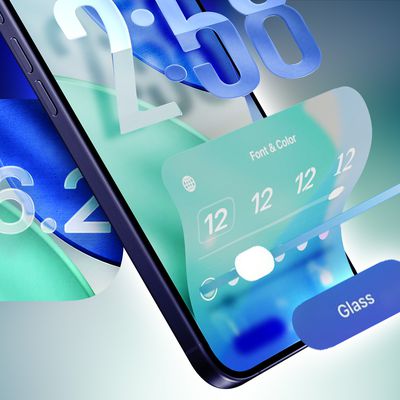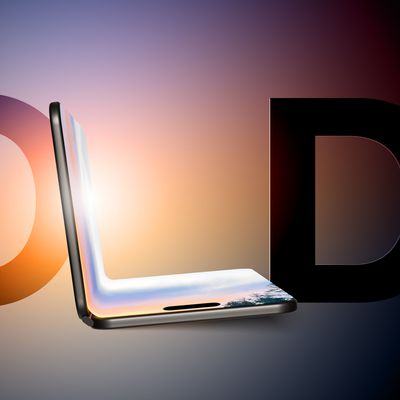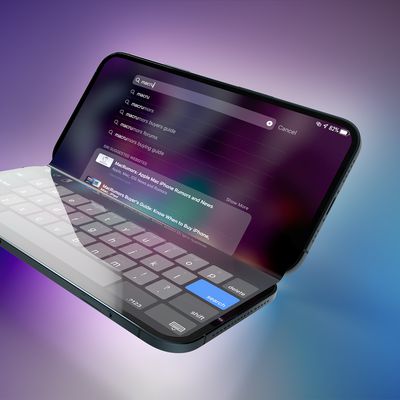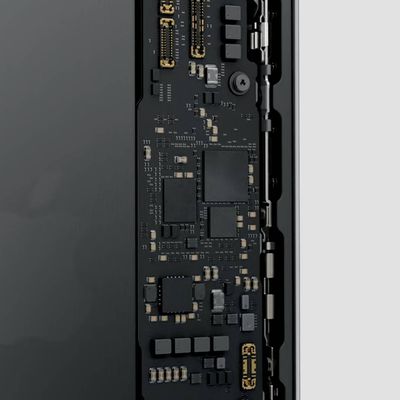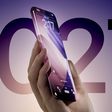Apple and Qualcomm Reach Settlement, Agree to Drop All Litigation
Apple and Qualcomm just kicked off a legal battle over unpaid royalty rebates in a San Diego court, but the case will be cut short as the two companies have reached a settlement.
Apple announced the news in a press release this afternoon. Apple says the settlement includes a payment from Apple to Qualcomm and a six-year licensing agreement for Qualcomm's technologies.
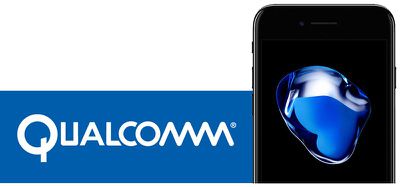
Qualcomm and Apple today announced an agreement to dismiss all litigation between the two companies worldwide. The settlement includes a payment from Apple to Qualcomm. The companies also have reached a six-year license agreement, effective as of April 1, 2019, including a two-year option to extend, and a multiyear chipset supply agreement.
The settlement ends all ongoing litigation between the two companies, including with Apple's contract manufacturers. All companies involved have reached a global patent license agreement and a chipset supply agreement, suggesting Apple may be planning to once again use Qualcomm chips in its devices going forward.
The legal battle dates back to 2017, when Apple sued Qualcomm for over $1 billion in unpaid royalty rebates, accusing the San Diego chip company of anticompetitive patent licensing practices.
Apple in its lawsuit claimed that Qualcomm had "unfairly insisted" on collecting royalties for "technologies they have nothing to do with," while Qualcomm said that its technology is "at the heart of every iPhone. The original lawsuit spawned a bitter legal battle between the two companies, which led to patent disputes and import bans in multiple countries, all of which will now be resolved.
Apple had also stopped using Qualcomm chips in its devices due to the ongoing legal troubles, opting for an all Intel chip lineup in 2018. Recent rumors have, however, suggested that Apple's plans to use Intel's 5G chips for its 2020 iPhones may fall through due to Intel's production delays, which may have been a factor in Apple's decision to come to an agreement with Qualcomm.
Popular Stories
In select U.S. states, residents can add their driver's license or state ID to the Apple Wallet app on the iPhone and Apple Watch, and then use it to display proof of identity or age at select airports and businesses, and in select apps.
The feature is currently available in 13 U.S. states and Puerto Rico, and it is expected to launch in at least seven more in the future.
To set up the...
Apple hasn't updated the Apple TV 4K since 2022, and 2025 was supposed to be the year that we got a refresh. There were rumors suggesting Apple would release the new Apple TV before the end of 2025, but it looks like that's not going to happen now.
Subscribe to the MacRumors YouTube channel for more videos.
Bloomberg's Mark Gurman said several times across 2024 and 2025 that Apple would...
While the iPhone 18 Pro and iPhone 18 Pro Max are not expected to launch for another nine months, there are already plenty of rumors about the devices.
Below, we have recapped 12 features rumored for the iPhone 18 Pro models.
The same overall design is expected, with 6.3-inch and 6.9-inch display sizes, and a "plateau" housing three rear cameras
Under-screen Face ID
Front camera in...
Earlier this month, Apple released iOS 26.2, following more than a month of beta testing. It is a big update, with many new features and changes for iPhones.
iOS 26.2 adds a Liquid Glass slider for the Lock Screen's clock, offline lyrics in Apple Music, and more. Below, we have highlighted a total of eight new features.
Liquid Glass Slider on Lock Screen
A new slider in the Lock...
The European Commission today praised the interoperability changes that Apple is introducing in iOS 26.3, once again crediting the Digital Markets Act (DMA) with bringing "new opportunities" to European users and developers.
The Digital Markets Act requires Apple to provide third-party accessories with the same capabilities and access to device features that Apple's own products get. In iOS...
Apple's first foldable iPhone, rumored for release next year, may turn out to be smaller than most people imagine, if a recent report is anything to go by. According to The Information, the outer display on the book-style device will measure just 5.3 inches – that's smaller than the 5.4-inch screen on the iPhone mini, a line Apple discontinued in 2022 due to poor sales. The report has led ...
2026 is almost upon us, and a new year is a good time to try out some new apps. We've rounded up 10 excellent Mac apps that are worth checking out.
Subscribe to the MacRumors YouTube channel for more videos.
Alt-Tab (Free) - Alt-Tab brings a Windows-style alt + tab thumbnail preview option to the Mac. You can see a full window preview of open apps and app windows.
One Thing (Free) -...
Samsung is working on a new foldable smartphone that's wider and shorter than the models that it's released before, according to Korean news site ETNews. The "Wide Fold" will compete with Apple's iPhone Fold that's set to launch in September 2026.
Samsung's existing Galaxy Z Fold7 display is 6.5 inches when closed, and 8 inches when open, with a 21:9 aspect ratio when folded and a 20:18...
Apple is significantly increasing its reliance on Samsung for iPhone memory as component prices surge, according to The Korea Economic Daily.
Apple is said to be expanding the share of iPhone memory it sources from Samsung due to rapidly rising memory prices. The shift is expected to result in Samsung supplying roughly 60% to 70% of the low-power DRAM used in the iPhone 17, compared with a...






